Settle Into Summer With These 5 Shows by Some of Our Favorite New Emerging Artists
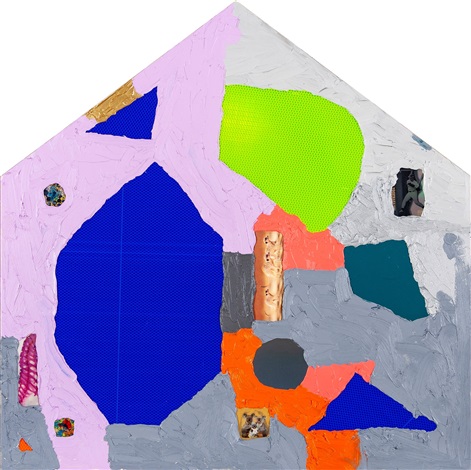

Katie White

With Memorial Day already fading to memory, we’ve finally arrived on the summery shores of June and the art calendar is slowly beginning to lull into its more tranquil warm-weather pace (or will after Basel, that is).
And while you may be opting for sculpture gardens and sandals right about now, the quieter cultural months are also an ideal time to check out the work of emerging artists you may have missed amid the hubbub of the spring. To that end, here’s our list of five up-and-coming artists whose work you can see this June.
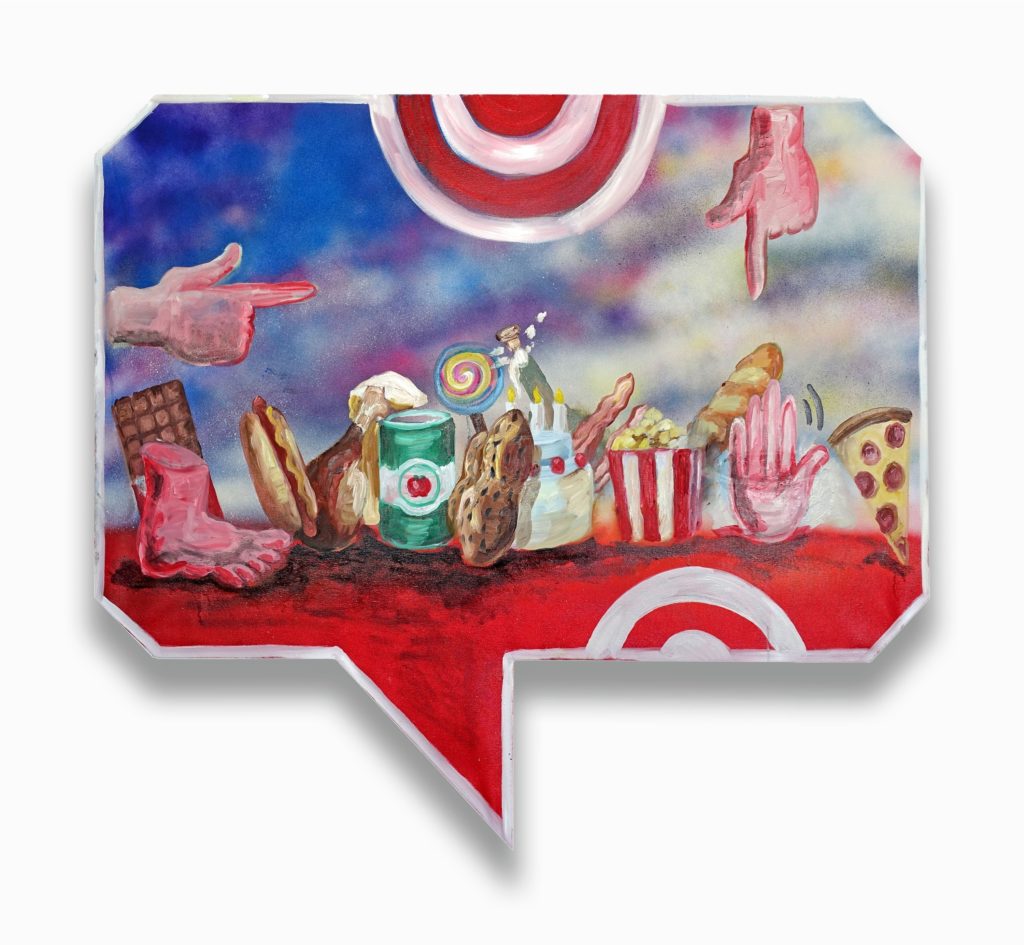
Klodin Erb, The Caravan (2019). Courtesy of Lullin + Ferrari.
In the biblical story of Babel, an overconfident humanity tries to build a tower to heaven only to be smite by God, who punishes the hubris by condemning people of the world to speak different languages. In this striking exhibition of paintings, Swiss artist Klodin Erb melds the visual languages of painting, which is ancient in origins, with the recent world of emojis that developed out of computer science and design during the 1980s and ’90s.
Removed from their intended phone-held text bubbles, these shorthand images become at once absurd and disorienting. In one painting, a heap of emojis (a clock, pills, an artist’s palette, an egg timer, a mountain) form a collapsing mound, a trash heap of random visual references. While emojis were originally intended to humanize (and socially lubricate) the perceived austerity of digital communication, here, in Erb’s world she comically showcases the limits, shallowness, and often confusing meaninglessness of their symbols.
“Babel & Bubbles. Paintings” is on view through June 20, 2019, at Lullin + Ferrari, Limmatstraße 214, Zurich.
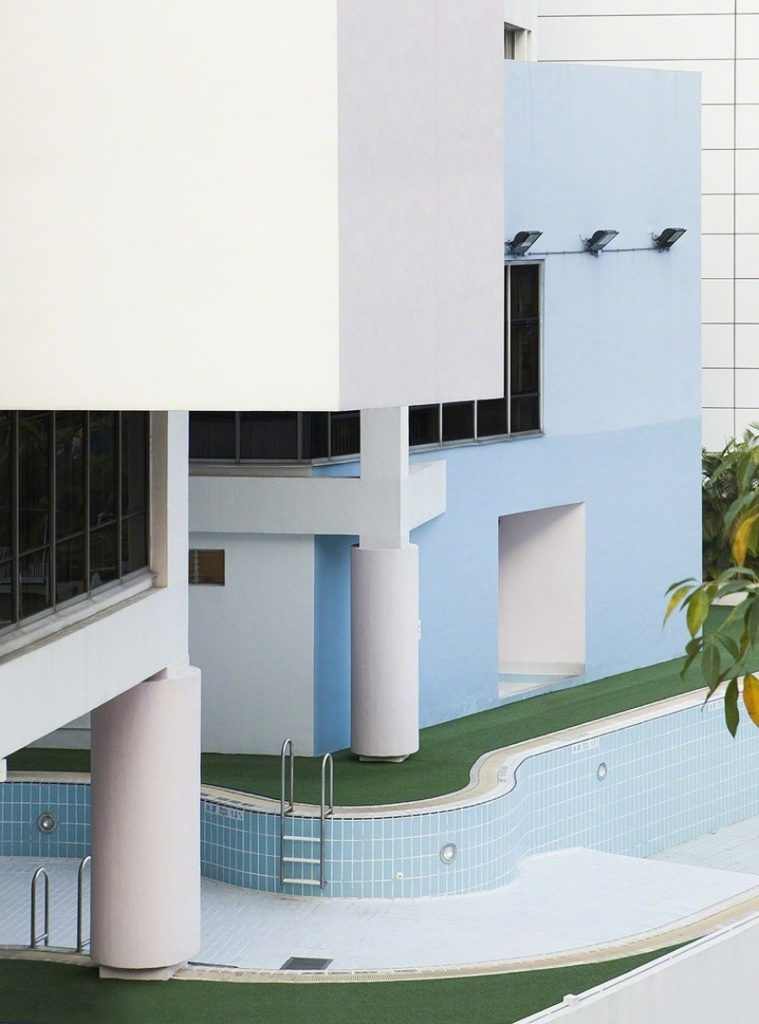
Andres Orozco, Facade 02 (2013). Courtesy of Contempop Gallery.
If your summer relaxation mode entails refusing to leave the house, but a flicker inside burns to stay on the art world up-and-up, you’re in luck with this online-only exhibition of architectural photographs by Colombian artist Andres Orozco. Orozco captures unusual architectural facades, modernist buildings, and urban infrastructure with an emphasis on geometry and color. At times seeming like a straightforward cataloguing project of distinctive architecture (particularly his “Monuments” series of the undersides of bridges) the work shares certain commonalities with the projects of Hilla and Bernd Becher. These images can be slightly disquieting in their own way, however. Their conspicuous absence of people seems vaguely dystopian, as though the buildings were doll houses or backdrops to a film.
“Andres Orozco” is on view through June 30, 2019, online with Contempop Gallery.
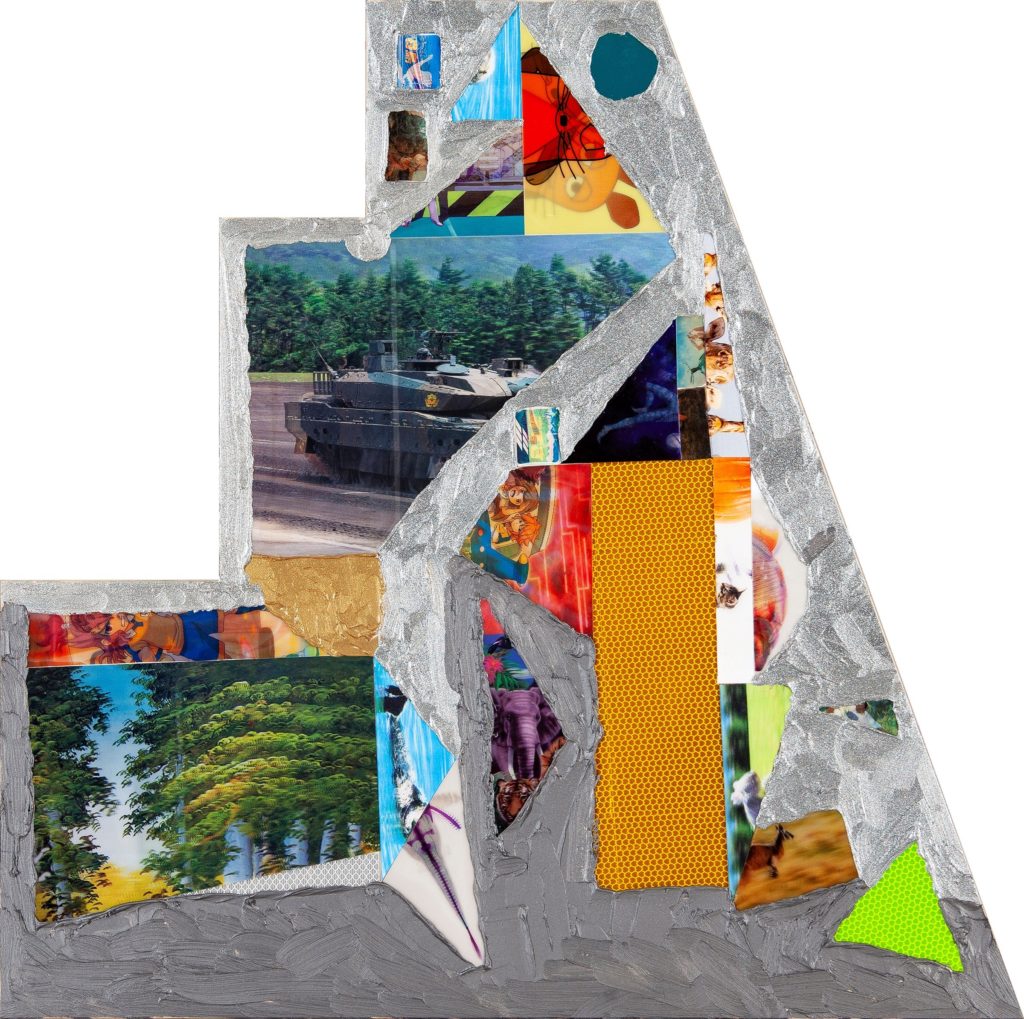
Teppei Kaneuji, ZONES (House) #3 (2019). Courtesy Jane Lombard Gallery.
Kyoto-based artist Teppei Kaneuji creates frenetic, fun artworks that irreverently prod at some of society’s more prickly issues, such as consumerism’s effect on the environment. This second exhibition with the gallery brings together objects from four distinct series and encompasses all manner of whimsy—from kinetic mobile cut-outs to wildly patterned geometric holographic collages made with 3D paper.
It’s a can’t-miss if only to see the artist’s elaborate large-scale diorama landscape made up of an assortment of toys, random household items, found objects and the like, all dusted in a snow-like powder to serene, and oddly disorienting effect when viewed in the summer.
“Plastic Barricade” is on view through July 3, 2019, at Jane Lombard Gallery, 518 West 19th Street, New York.
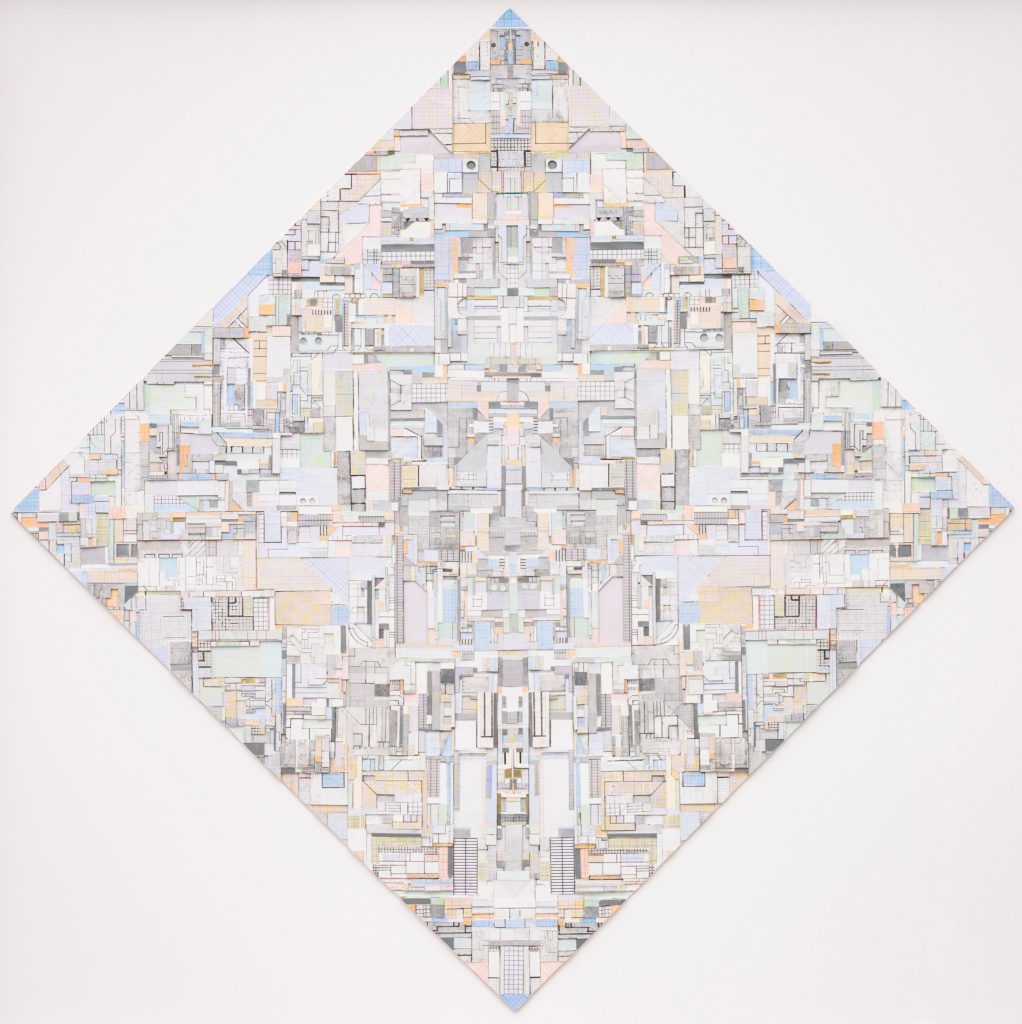
Philip Metten, C-270219 (2019). Courtesy of Zeno X Gallery.
Seen from a distance, Phillip Metten’s symmetrical collages possess an antiquated futuristic quality, like aerial renderings of imagined metropolises from the 1960s, or the circuitry of some mammoth imaginary computer, or even a space craft. This scientific, almost mechanical quality dissolves as one steps closer to discover that these works are composed of odd ends of notebook and copier paper, along with bits of abandoned cardboard architectural models. Working piece by piece, Metten painstakingly constructs these intricate three-dimensional objects. The labor of the human hand marks everything, and though composed on a mirrored vertical axis, nothing is uniform. The papers are the pale blues and pinks of administrative tasks, and flecked with glue drops, smudged with pencil marks and erasures. All in all, there is a sense of intimacy to these works, as well a permeating sense of decay, as the idea of future seems increasingly old fashioned.
“Philip Metten” is on view through June 29, 2019, at Zeno X Gallery, Godtsstraat 15, Antwerp.
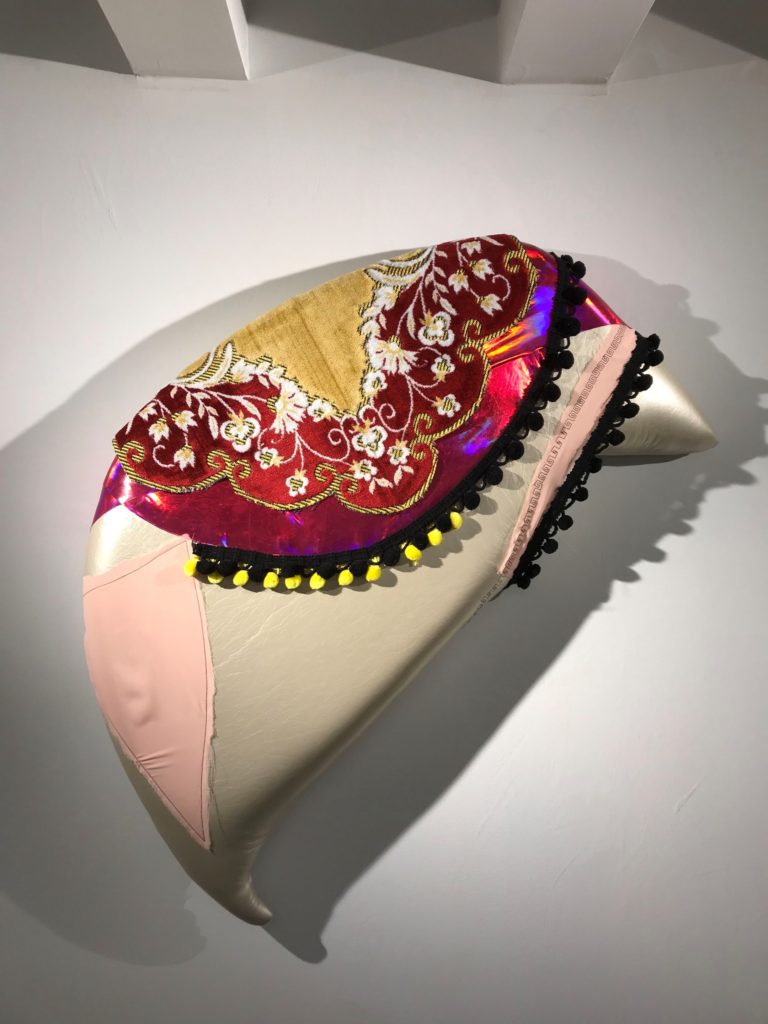
Baseera Khan, Seat 20 Pink and Red (2019). Courtesy of Jenkins Johnson Gallery.
Taking its title from Free to Be You and Me, the progressive 1970s children’s program that explored the idea of identity, this two-person exhibition pairs the work of Brooklyn-based artists Rico Gatson and Baseera Khan. Here, “Seats,” Khan’s newest series of sculptures, steals the show. Rendered in various degrees of abstraction, her sculptures are intended as oblique portraits of each of the new members of the House of Representatives’ unprecedentedly diverse freshman class. Ranging from the silhouette of a head scarf to objects that call to seat cushions or neck pillows, the sculptures are fabricated from a hodgepodge of materials cut from prayer rugs, traditional Islamic wardrobes, undergarments, silk photographs from family albums, and come together to underscore how fabrics and textile designs, in and of themselves, can express cultural, racial, and gender identity.
Baseera Khan is on view in “Free to Be” through June 15 at Jenkins Johnson Gallery, 207 Ocean Avenue, Brooklyn.